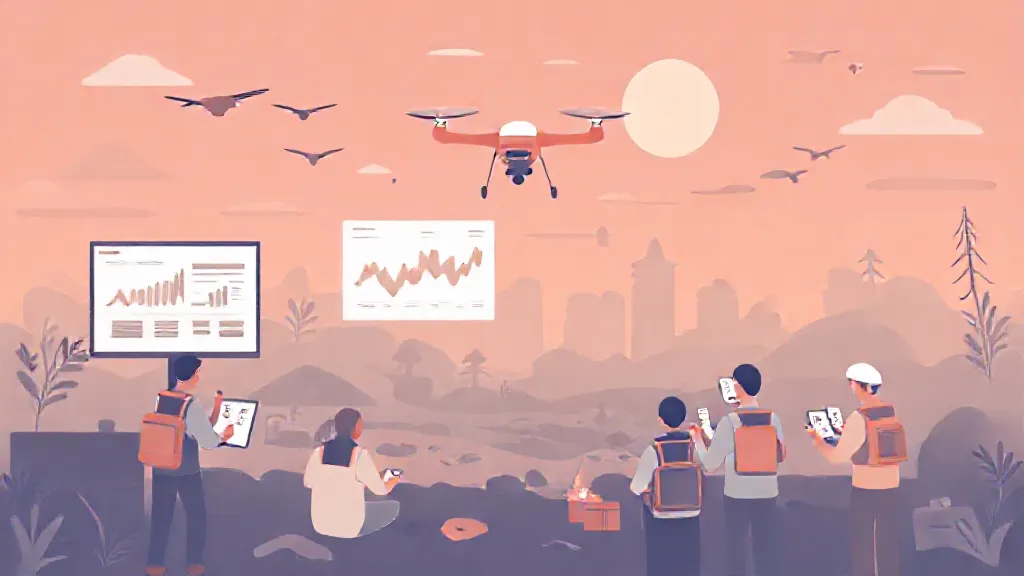In recent years, the intersection of technology and disaster relief has become increasingly vital. As natural disasters and humanitarian crises continue to escalate globally, innovative tech solutions are emerging to enhance response efforts. From data collection to real-time communication, technology is reshaping how organizations respond to emergencies, ensuring that help reaches those in need more effectively and efficiently.
The Evolution of Technology in Disaster Management
Historically, disaster response relied heavily on traditional methods, such as manual data collection and face-to-face communication. However, the advent of the internet and mobile technology has revolutionized this landscape. Organizations like the Red Cross and FEMA have adopted digital tools for rapid response, utilizing social media platforms to disseminate information quickly.
Advances in satellite technology and geographic information systems (GIS) allow responders to map affected areas, assess damage, and allocate resources where they are most needed.
The Role of Data Analytics in Crisis Situations
Data analytics plays a crucial role in disaster relief efforts. By analyzing large datasets, organizations can identify patterns and predict where disasters are likely to strike.
For instance, machine learning algorithms can process historical weather data to forecast hurricanes, enabling preemptive evacuations and resource distribution. Furthermore, real-time data collection through mobile applications helps in monitoring the situation on the ground, allowing for adaptive strategies that respond to changing conditions.
Communication Technology: A Lifeline in Emergencies
Effective communication is paramount during crises.
Technology facilitates this through various channels. Mobile networks and satellite communications ensure that information flows between responders and affected communities. Social media platforms serve as critical tools for disseminating updates and coordinating volunteer efforts.
Innovations like drone technology also play a significant role in delivering supplies to remote areas, overcoming obstacles that traditional vehicles cannot navigate.
The Impact of Crowdsourcing on Relief Efforts
Crowdsourcing has emerged as a powerful tool in disaster response. Platforms like Ushahidi allow individuals to report incidents in real-time, creating a crowdsourced map of needs and resources.
This democratization of information enables NGOs and government agencies to respond more effectively by prioritizing areas that require immediate attention. Moreover, crowdsourced funding platforms have provided a means for individuals and organizations to raise money quickly for relief efforts, significantly enhancing the speed of response.
Artificial Intelligence: Enhancing Decision-Making
Artificial intelligence (AI) is transforming decision-making in disaster management.
AI algorithms can analyze vast amounts of data to provide insights that inform strategic planning. For instance, AI can assess the potential impact of a disaster on infrastructure, helping agencies prioritize repairs and resource allocation. Moreover, AI-driven chatbots can assist in providing information to affected populations, answering common queries about safety, shelter, and aid availability.
Blockchain Technology for Transparency and Accountability
Blockchain technology is gaining traction in disaster relief for its ability to enhance transparency and accountability. By creating immutable records of transactions and aid distribution, blockchain ensures that resources reach their intended recipients. This technology helps mitigate fraud and corruption, which can plague relief efforts.
Organizations like the World Food Programme are exploring blockchain to streamline cash transfers and improve the efficiency of aid distribution.
Training and Capacity Building through Technology
Training responders is crucial for effective disaster management. Technology facilitates remote training programs and simulations that prepare teams for real-world scenarios.
Virtual reality (VR) and augmented reality (AR) are being utilized to create immersive training experiences, allowing responders to practice their skills in a controlled environment. These innovations not only enhance preparedness but also build confidence among teams tasked with responding to crises.
The Future of Technology in Disaster Relief
As technology continues to evolve, its role in disaster relief will only expand.
Emerging technologies such as the Internet of Things (IoT) and 5G connectivity promise to enhance data collection and communication capabilities. The integration of these technologies will facilitate more coordinated and efficient responses to disasters. However, challenges remain, including ensuring equitable access to technology and addressing privacy concerns.
In conclusion, technology is an indispensable ally in disaster relief efforts. By leveraging data analytics, communication tools, AI, and blockchain, organizations can respond more effectively to crises, ultimately saving lives and rebuilding communities. As we look to the future, the continued integration of technology into disaster management will be critical in addressing the growing challenges posed by natural disasters and humanitarian crises.
